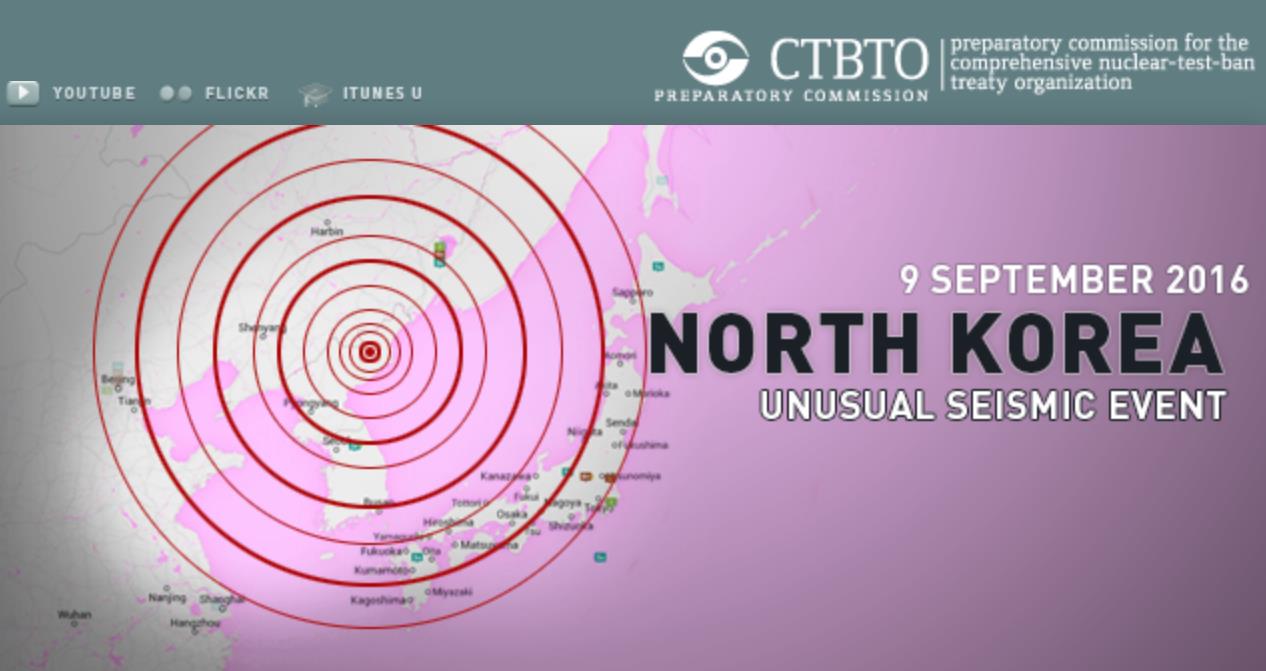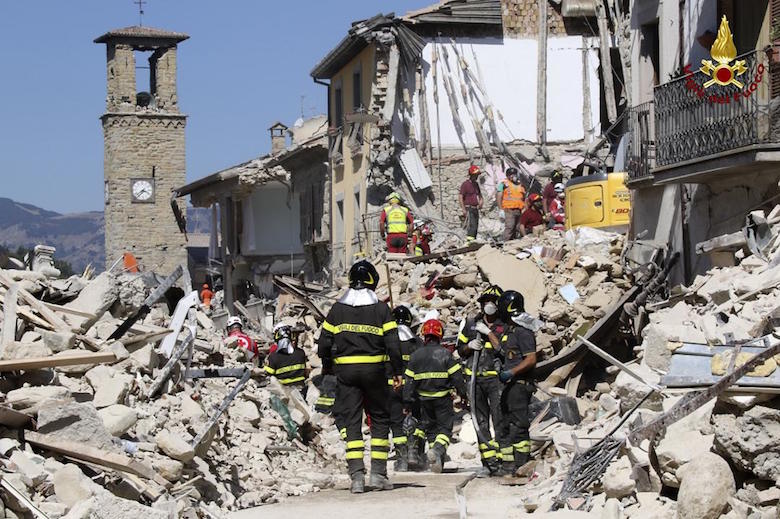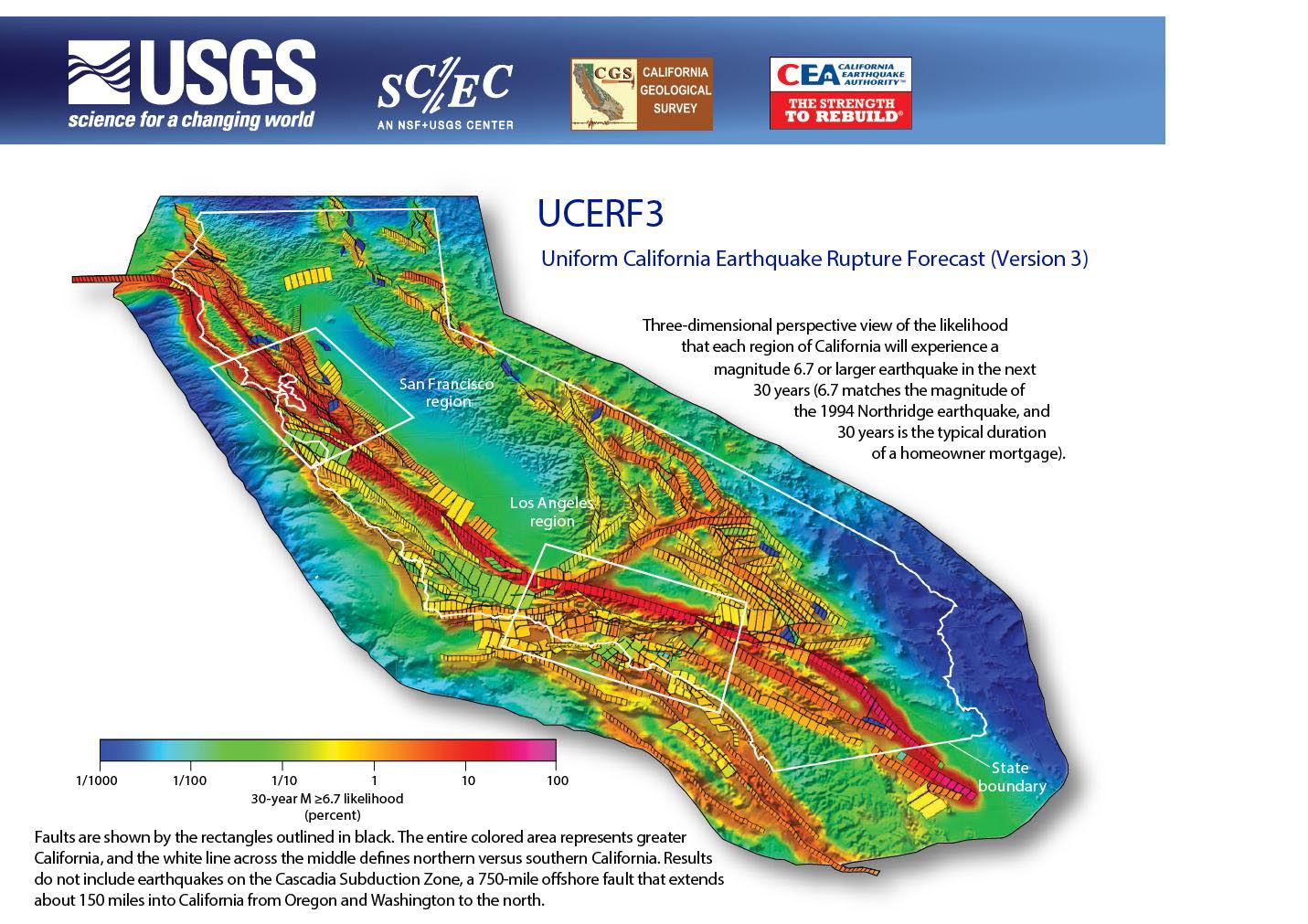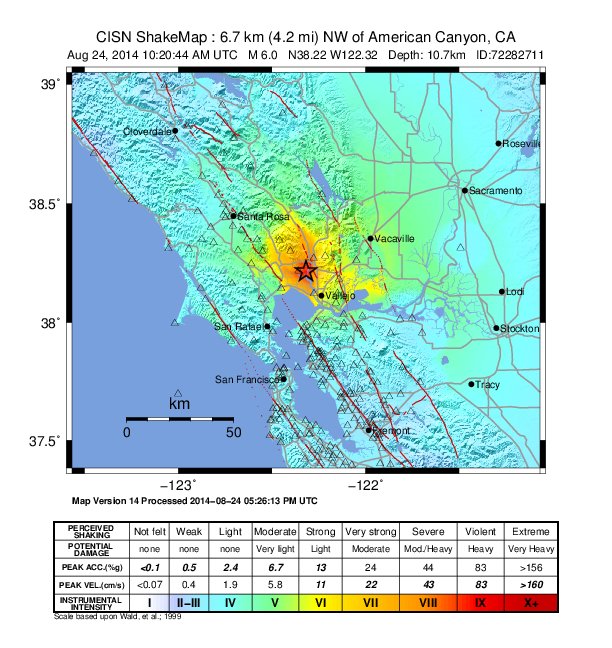Detailed History of the BSL
Overview
Seismology has a long tradition at UC Berkeley, beginning in 1887 with the installation of seismometers at the Student Observatory and at Lick Observatory by Edward S. Holden, professor of astronomy and President of the University. From these two observatories, the seismic network at UC Berkeley has grown over the last century to include nearly 50 sites in California and southern Oregon. Today, the Berkeley Seismological Laboratory is involved in a wide range of geophysical monitoring and research.
1887-1906
Seismology at UC Berkeley initially grew out of astronomy. Edward S. Holden was both President of the University (1885-1888) and Director of Lick Observatory at Mt. Hamilton (1888-1897). He considered it essential "to keep a register of all earthquake shocks in order to be able to control the positions of the astronomical instruments". Both Lick Observatory and the Student's Observatory (originally located just to the West of McCone Hall and demolished in 1972) were outfitted with two Ewing and one Gray-Milne seismographs. The first reported record is a local earthquake on April 24, 1887.
President Holden apparently became interested in earthquakes for their own sake, as he published a catalog of Pacific Coast Earthquakes that was later incorporated into the Townley-Allen earthquake catalog. President Holden also identified the importance of having a coordinated group of stations for the study of earthquakes and wave propagation. He established collaborations with eight other sites (including Chabot Observatory and Mills College in Oakland) for a total of ten stations in his "California System". All stations initiated operation in 1888, using copies of the Ewing Duplex Pendulum constructed in San Francisco.
Records from the participating stations were sent to Lick Observatory, where they were studied. Of the original 10 stations, 8 regularly contributed records over the next ten years. When Holden retired from the Directorship of Lick Observatory in 1897, however, the system gradually began to disintegrate.
1906 Earthquake
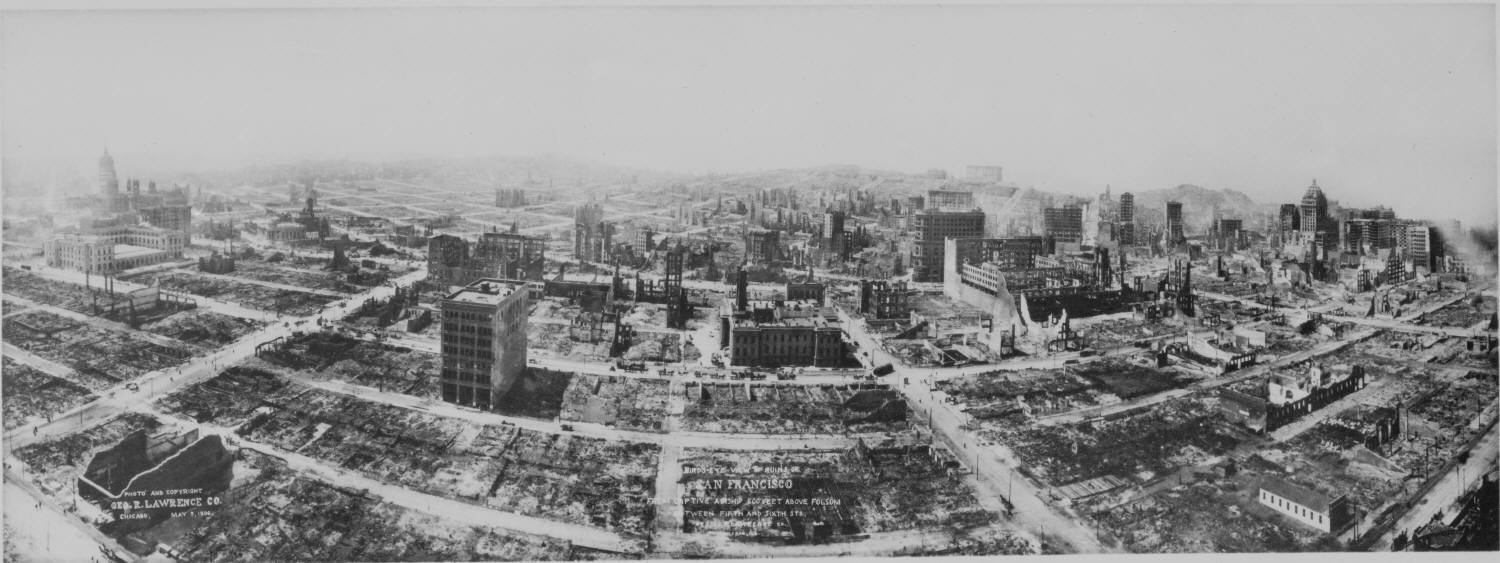
The 1906 earthquake revolutionized seismology in California. The post-earthquake investigation involved most members of what was then the Department of Geology at the University of California. Professor Andrew Lawson, then head of the Department, chaired the State Earthquake Investigation Commission. The Lawson report, published by the Carnegie Institution in 1908, is an exhaustive compilation of detailed reports from more than twenty contributing scientists on the earthquake's damage, the movement on the San Andreas fault, the seismograph records of the earthquake from around the world, and the underlying geology in northern California. The report is still the standard to which earthquake reports are compared today.
The 1906 earthquake also gave rise to the creation of the Seismological Society of America. Professor George Louderback of the University of California served as the first secretary. The Seismological Society of America continues to serve as a professional society for seismologists around the world.
Although recorded on six of the original ten stations in Holden's California System, the 1906 earthquake also highlighted the need for additional seismic stations with modern equipment. Professor Fusakichi Omori of Japan visited California following the earthquake and he provided a two-component, horizontal pendulum tromometer which was installed at the Student's Observatory. The first record from these instruments is dated June 15, 1906. In 1910, the seismographs donated by Professor Omori were replaced with two Bosch-Omori 100 kg horizontal and an 80 kg Weichert vertical seismographs (these instruments operated until 1961).
In 1907, William Randolph Hearst made a generous gift in order to improve the quality of seismic instrumentation at Lick Observatory. The Hearst gift was used to purchase a 200 kg horizontal and 80 kg vertical Weichert seismographs, installed in 1911. The instruments on display here are the horizontal Weichert seismographs from Lick Observatory. These instruments were relocated to McCone Hall for display by Director Bruce Bolt in 1978.
1906-1960
Following the 1906 earthquake and the modernization of instrumentation at the Student's and Lick Observatories, interest in a collaboration of stations with a single compilation of readings was renewed. At this time, Berkeley became the place where records were worked on and the University of California set up a publication series, Bulletin of the Seismographic Stations, for distribution of the reports. The first bulletin was published on January 2, 1912, and presented the record of the "Registration of Earthquakes".
During this time, many notable figures were involved in seismology at Berkeley including H. O. Wood and J. B. Macelwane. It was H. O. Wood and J. A. Anderson who developed a torsion seismograph (see the display case on the 2nd floor) suitable for recording local and regional earthquakes. Berkeley obtained four of these Wood-Anderson seismographs and deployed them at Stanford University and the California Academy of Sciences, in addition to Berkeley and Lick Observatory.
Perry Byerly became the first professor of seismology at UC Berkeley in 1925. He oversaw the deployment of the Wood-Anderson seismographs and expanded the network of stations to include sites at Ferndale, Fresno, and Mt. Lassen in the 1930s. By 1960, over 15 stations were reporting their observations to Berkeley.
1960-1990
Just as the 1906 earthquake illustrated the need for updated seismic instrumentation, the negotiations for a nuclear test ban treaty in the late 1950s and early 1960s motivated the upgrade of US seismology programs.
As a result of funding from the Defense Advanced Research Projects Agency, a tunnel was driven into the Berkeley Hills (behind the Botanical Gardens) to establish a quiet recording vault. The Berkeley Byerly station became a site within the newly designed Worldwide Standard Seismographic Network instruments in 1959.
In addition to the upgraded campus facilities, the Seismographic Stations developed the first network of telemetered regional stations in 1961. Consisting of short-period Benioff seismographs (an example is on display in the BSL conference room on the 2nd floor) with continuous data transmission to UC Berkeley over phone lines, the data were recorded on processed film and paper helical strips (aka helicorders). In the mid-1980s, the faculty and staff of the Seismographic Stations deployed the first broadband seismometers in California at Columbia College, Lick Observatory, and the San Andreas Observatory in Hollister. Digital recording was introduced in 1986 at a few sites. In parallel, the Parkfield Prediction Experiment permitted the establishment of a dense network of borehole seismometers to study the seismicity of the San Andreas fault at Parkfield.
In 1987, the Seismographic Stations celebrated the centennial of its contributions to seismology.
1990-Present
The 1989 Loma Prieta earthquake also provided an opportunity to advance seismic monitoring. Most of the instrumentation in northern California at that time represented 1960s-age technology and the sensors were limited in their ability to record the full range of ground motion. In particular, the network lacked the ability to continue operating when local power was disrupted, and to record data locally when telecommunications failed. As a consequence, only the most distant stations operated by the Seismographic Stations recorded the Loma Prieta earthquake with fidelity. Communication links and power failed at several sites, resulting in loss of data. The Seismographic Stations provided a preliminary location and magnitude of the Loma Prieta earthquake within 30-45 minutes, but could provide little additional information to emergency response operators and the press.
The Loma Prieta earthquake provided both challenges and opportunities for the Seismological Laboratory. Since 1991, primarily with funding provided by the University of California at Berkeley, the Seismographic Stations has been able to upgrade and expand its monitoring efforts in northern California. Additional support has been provided by the National Earthquake Hazards Reduction Program through the USGS, the National Science Foundation, and the California Office of Emergency Services. The efforts can be categorized in terms of enhanced instrumentation, improved monitoring and analysis, and expanded archives for long-term research. Although there has been much progress, there is still much to do.
Today, the BSL operates several different networks and has expanded into a broader range of geophysical monitoring. Data from these geophysical networks are recorded digitally and are archived at the Northern California Earthquake Data Center, which is located at the Berkeley Seismological Lab. Researchers from around the world use data from the BSL. In addition to their use in earthquake studies, these data are useful for rapid notification of earthquakes. Together with the USGS Menlo Park, the Berkeley Seismological Laboratory reports earthquake information within a few minutes of occurrence.
Today, Holden's proposal of the California System is becoming a reality in the California Integrated Seismic Network. UC Berkeley and the USGS Menlo Park have joined in collaboration with the California Geological Survey, Caltech, the USGS Pasadena, and the California Office of Emergency Services to create a statewide monitoring system.
References
This brief overview of the earthquake monitoring at UC Berkeley borrows heavily from two sources- Byerly, P., History of the Seismological Society of America, Bulletin of the Seismological Society of America, 54, 1723-1741, 1964. ( Excerpts)
- Louderback, G. D., History of the University of California Seismographic Stations and related activities, Bulletin of the Seismological Society of America, 32, 205-229, 1942.
- Litehiser, J. J. (ed), Observatory Seismology: A Centennial Symposium for the Berkeley Seismographic Stations, University of California Press, 1989.
Additional displays of seismic instrumentation, maps of faults and California earthquakes, and posters describing some of the current research activities of the Berkeley Seismological Lab are presented on the 2nd floor. Please visit! Or join us on the Web at http://www.seismo.berkeley.edu.
